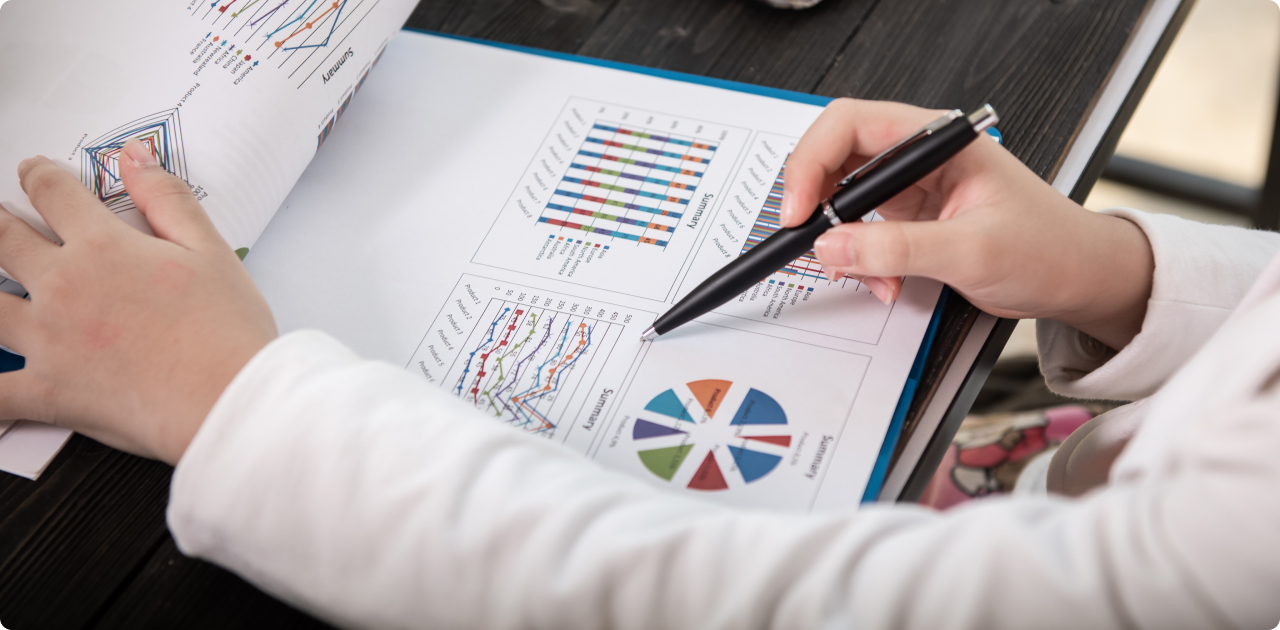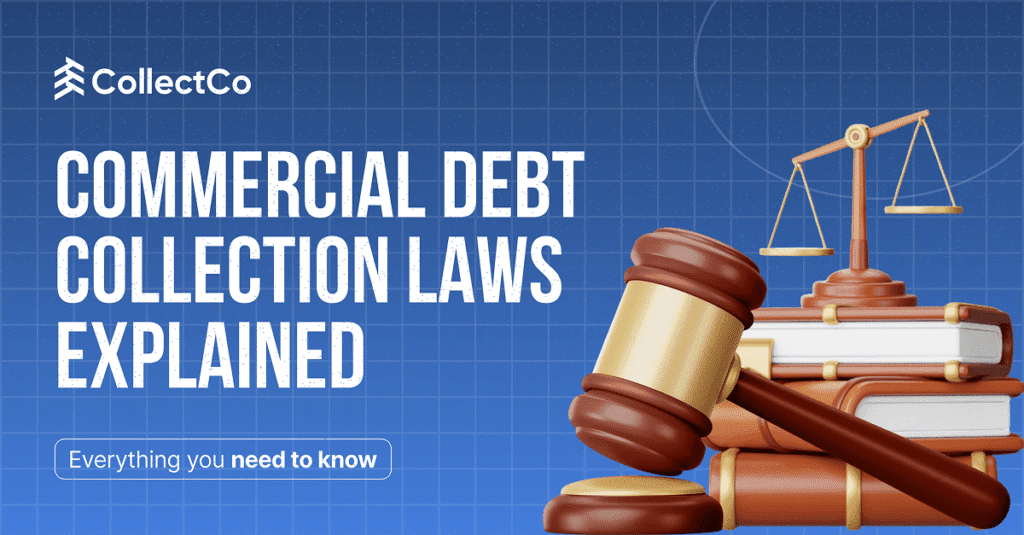Businesses and consumers around the world are tangled around debts daily. With a constant and staggering rise of debt in the US alone, it’s safe to say that these numbers are indeed going up. While Predict Debt such a rise may not have been the most straightforward task to undergo in the old days, current technological advancements, as well as the use of AI, have allowed debt collection agencies to perform debt collection predictive analytics that can evaluate the probability of a debt occurring before it even happens.

Although the debt schematics for the consumer and the commercial sector may vary based on their core functionalities, debt collection has many overlapping factors that assist companies in determining how they can optimally perform first-party collections. Furthermore, segmenting debts based on their delinquency age into multiple phases can also help formulate customer-friendly pricing options.
For instance, when it comes to CollectCo’s first-party collections, it provides early-stage intervention that enhances user experience with faster recoveries and early accounts receivable management. This platform’s operational basis is to provide immediate ROIs at affordable pricing for streamlined cash flow with quick to pay accounts for accounts receivable.
What Are Debt Predictions?
As the name suggests, debt predictions are data-based conclusions derived after thorough evaluations and assessments of predictive models that provide information about when a specific type of debt may occur.
Keeping in view the advancements the debt collection sector has made from an operational as well as technological perspective, such as debt collection predictive analytics, which have made debt collection more reliable and predictable, are now made possible compared to the outdated legacy systems that are still being used in some sectors of the industry.
Therefore, first-party collections have benefited most from these debt predictive models that allow users to formulate risk assessments, increase recovery rates, and draft user-centric collection strategies.
First-Party Collections and Debt Predictive Models
As stated earlier, the first mode of action in the debt collection process is to initiate first-party collections in hopes of promptly recovering accounts receivable. While it may work somewhat, the probability of debts progressing with their delinquency stages is on the higher end of the spectrum.
In such cases where timely intervention is of the essence, users utilize automated responses and agent-based calls to ensure the collections are made on time.

The problem, however, lies with the scalability of such practices where the constraint of resources and industry experience in such matters may come into play. Therefore, many consumers and businesses gravitate towards collaboration with third-party collection services such as CollectCo, which can assist their customers with debt collection predictive analytics to also streamline and provide collection with your brand with first-party collections and help in early intervention programs.
To further assist your debt recovery process, you can also incorporate debt collection models based on various avenues, such as predictive analysis techniques, AI debt forecasting, overseeing FICO (Fair Isaac Corporation) scores, text mining, and sentiment analysis for optimal first-party collections.
How are Debt Predictive Analytics Made
A blend of data reprocessing, user monitoring, and data collection enables consumers and businesses to prepare their custom-made debt predictive models. These models are based on the type of debt, consumer behavior, and first-party collection avenues that the respective clients are currently using on their own.
Here, competent collection agencies such as CollectCo take off the burden of first-party collections from these users by utilizing debt resolution, cordial collections, and a customer-centric approach to determine which debt predictive models are the best suited at hand. Below are some core elements of debt collection predictive analytics that have reduced the probability of unpaid debts internationally.
AI Debt Forecasting
With an upward trajectory in the AI market due to an expected increase from $241.8 billion in 2023 to $740 billion by 2030, it would be a tactical error not to leverage AI in debt predictions. This is especially true when current AI debt forecasting models provide debt-centric machine learning capabilities that create first-party collection-based predictive models.
This enables users to get a head start regarding their accounts receivable.
The ease of integration with current financial models and the flexibility to choose from various debt models allow users to get a broader view of their overall debt collections. AI debt forecasting equips businesses with debt models such as:
- Regression Models which are used for debt collection predictive analytics based on the given data in input features.
- Time Series Models that are used for debt predictions based on a specific time frame.
- Classification Models which are a basis of different models and algorithms to determine a specific type of debt.
At their core, all these models use AI automation and machine learning to assess a wide range of consumer-based data. This data is then funneled on a centralized basis to generate reports that, in turn, help us figure out where the specified debt can be collected.
Evaluating debt collection predictive analytics is only the first half of the story, as leveraging this data to take proactive actions through first-party collections is vital for improving recovery rates before the debt accumulates.
Predictive Analysis
Though predictive analysis may sound like debt predictive analytics, the core difference is in the workflow process of how Predict Debt analysis is done. For first-party collections and accounts receivable, debt analysis involves overseeing consumer behavior and user insights along with back data available to evaluate the probability of whether the user will deliver the unpaid invoices on time or not.

The practicality of debt predictive analysis addresses the number of issues debt collectors face in first-party collections, ranging from resource allocation, higher delinquency rates, and current ineffective methods.
All such problems are presented with customer-tailored debt collection predictive analytics that can efficiently be utilized by industries of multiple niches across the globe to make their debt collection and Predict Debt more streamlined.
Credit and FICO Scores
Many creditors are keen on debtors clearing up their outstanding payments on time because such unpaid debts can affect the debtor’s credit scores. Credit card debt will increase by $100 billion in 2024 alone.
However, debt collection predictive analytics allow credit scores to be reverse engineered to get insights on users’ payment history and behavior when dealing with their accounts receivables since it has been reported that around 1.06 Billion credit cards have been utilized in the US alone.
As credit scores can be used to determine the user’s creditworthiness, Fair Isaac Corporation (FICO) scores are also based on specific credit scores used for almost the same purpose. FICO scores, developed by the Fair Isaac Corporation, are used by nearly 90% of lenders to show accreditation and reliability.
The general value range for these scores ranges from 300 to 850 with various versions, such as FICO 2, FICO 3, FICO 4, and so on, depending on the type of industry and score valuation required.
Text Mining
In debt collection, communication between debtors and creditors is vital for fostering positive relations between the entities involved. Data present in omnichannel can also be used for debt collection predictive analytics, as it can provide critical information regarding consumer behavior and the chances of debt repayment. Such use of data is termed “Text Mining.”
Regarding debt predictive models, while some users may or may not specify the date by which they will repay their unpaid invoices in first-party collections, the conversations can extract insights to formulate automated reminders.
Such consumer data can also be used to analyze user behavior, which can be implemented when negotiating if the debt proceeds further. This data can be collected through different avenues, such as email content, SMS conversations, call logs, etc.
Sentiment Analysis
While text mining refers to the analysis of factual data between creditors and debtors, sentiment analysis focuses more on the emotional aspect of debt collection. As debt collectors start communicating during first-party collections, agents are tasked with observing the sentiments shown by the consumers, whether they are positive, negative, or even mixed in some instances.
Assessing users’ sentiments can play a crucial role when formulating predictive analytics for debt collection. These analytics help companies use specific communication means to assure consumers that the company understands their emotions and is on track to provide proactive and user-friendly solutions to mitigate the risk of unpaid debts.
When it comes to first-party collections, it can be quite a tedious task to carry out debt collections at the early stages, which is why CollectCo offers its wide range of first-party collection services that leverage your brand to ensure immediate ROI and early collections while fostering customer relationships.
With over 30 years of ARM experience backing us up and helping users across the globe, CollectCo offers the industry-leading first-party custom plan that can help you manage your debt through multiple recovery solutions.






